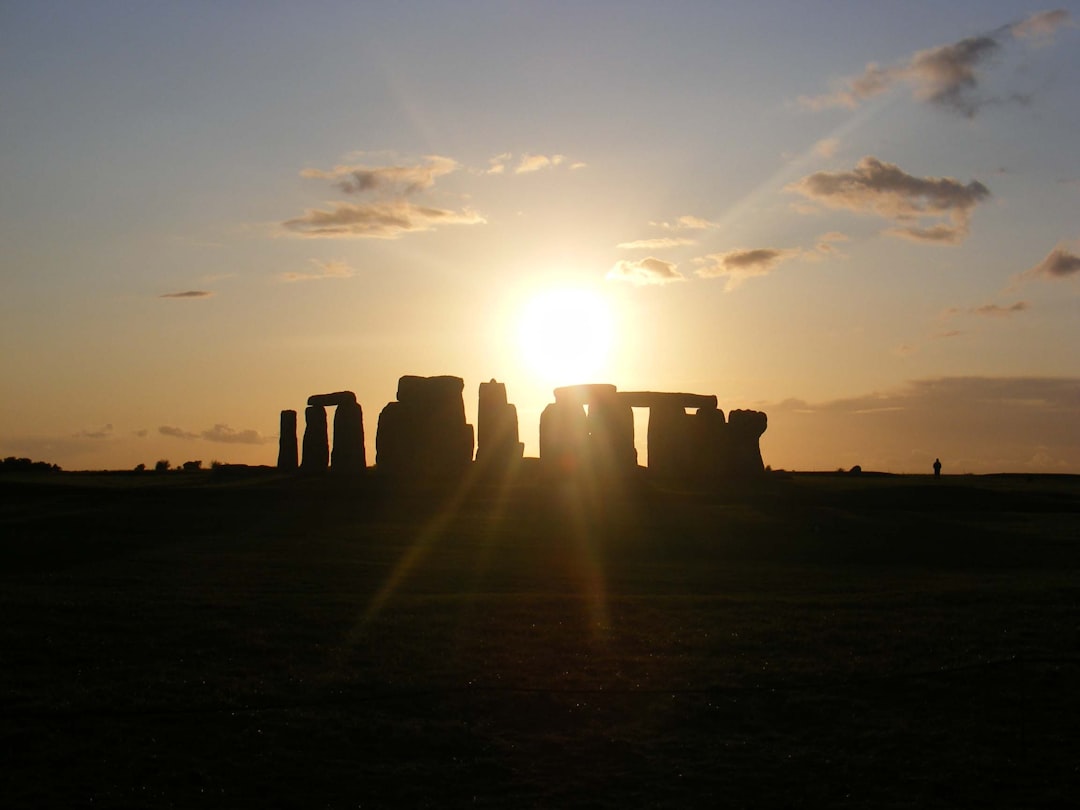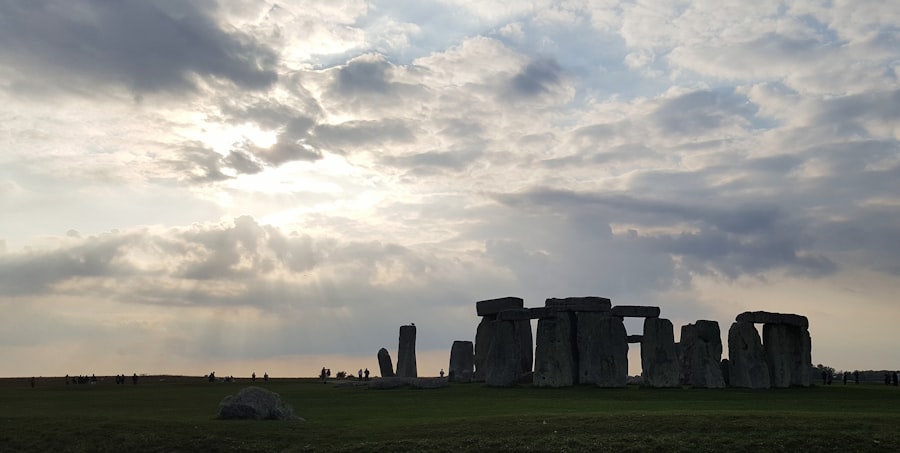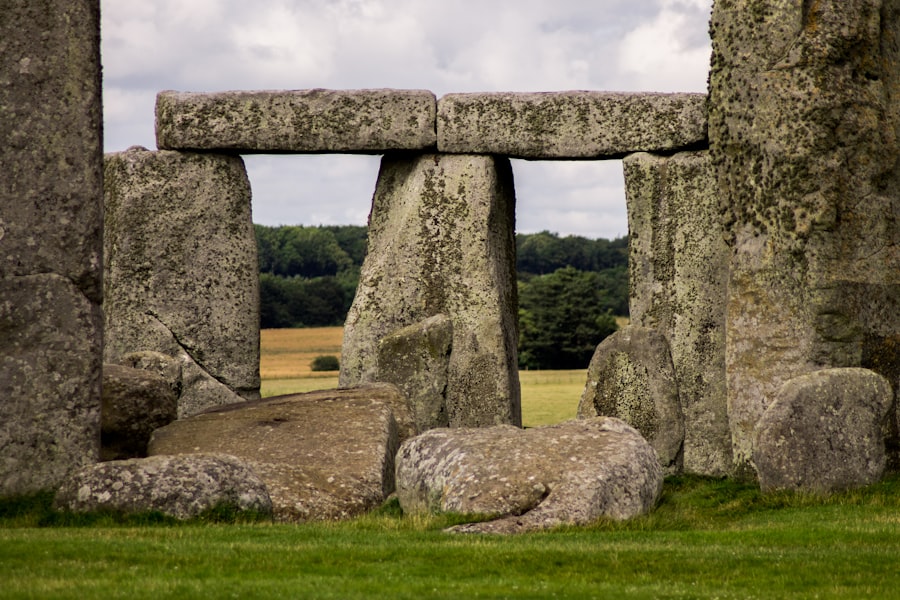
Celtic myths and folklore originate from the ancient Celtic people who inhabited modern-day Ireland, Scotland, Wales, and parts of England and France. The Celts were a diverse group of tribes with a rich oral tradition, passing down their stories through generations via storytelling, poetry, and song. These narratives often explained natural phenomena, such as seasonal changes, celestial movements, and animal behavior, while helping the Celts understand their place in the world.
Celtic mythology was deeply connected to the natural world, reflecting the Celts’ strong relationship with their environment. Many stories featured gods and goddesses associated with specific natural elements like the sun, moon, rivers, and forests. These deities were often portrayed as powerful beings capable of shape-shifting, controlling weather, and communicating with animals.
The Celts also believed in supernatural creatures such as fairies, elves, and spirits inhabiting forests, mountains, and lakes. The origins of Celtic myths and folklore can be traced to the Iron Age when Celts began settling in the British Isles and Western Europe. Their stories and beliefs evolved through interactions with other cultures, including Romans and Vikings.
Despite these influences, core themes of Celtic mythology remained consistent, focusing on nature’s interconnectedness, honor, bravery, love, and loyalty. These myths and folklore were primarily transmitted orally until Christian monks recorded them in writing during the Middle Ages. Today, Celtic mythology continues to captivate and inspire people worldwide with its timeless themes and enduring relevance.
Key Takeaways
- Celtic myths and folklore have their origins in the ancient Celtic culture, which was rich in oral traditions and storytelling.
- The gods and goddesses of Celtic mythology were often associated with natural elements and were revered for their powers and influence over the world.
- Heroic tales and epic sagas form an integral part of Celtic legends, featuring brave warriors and mythical creatures in fantastical adventures.
- Nature holds great importance in Celtic folklore, with the natural world being deeply intertwined with the beliefs and practices of the Celtic people.
- Druids and shamanism played a significant role in Celtic culture, serving as spiritual leaders and advisors who connected the people with the spiritual realm.
- Celtic myths and folklore continue to influence modern culture, with their themes and characters often appearing in literature, art, and popular media.
- Preserving and celebrating Celtic legends is important in today’s society, with efforts to honor and promote the rich heritage of Celtic myths and folklore.
The Gods and Goddesses of Celtic Mythology
The Prominent Figures
One of the most prominent figures in Celtic mythology is Lugh, the god of light, skill, and craftsmanship. He was often depicted as a heroic figure who possessed great strength and wisdom, and was associated with the sun and harvest. Another important deity is Brigid, the goddess of fertility, healing, and poetry. She was revered as a powerful figure who could bring about new life and protect her followers from harm.
The Lesser Deities
In addition to these major gods and goddesses, Celtic mythology also featured a host of lesser deities who were associated with specific natural phenomena or aspects of daily life. For example, there were gods of war, hunting, love, and death, as well as goddesses of sovereignty, wisdom, and transformation. These deities were often depicted as complex figures with human-like qualities, such as emotions, desires, and flaws.
The Role of the Gods and Goddesses
They were believed to interact with mortals through dreams, visions, and omens, and were often called upon for guidance, protection, and blessings. The gods and goddesses of Celtic mythology played a central role in the lives of the ancient Celts, who honored them through rituals, offerings, and festivals. Their stories continue to be celebrated today as symbols of strength, resilience, and the enduring power of nature.
The Heroic Tales and Epic Sagas of Celtic Legends

Celtic mythology is filled with heroic tales and epic sagas that showcase the bravery, cunning, and resilience of its legendary figures. These stories often revolve around larger-than-life heroes who embark on daring quests, battle fearsome monsters, and overcome seemingly insurmountable obstacles. One of the most famous legends is that of Cú Chulainn, a warrior hero who possessed superhuman strength and skill in battle.
His exploits were chronicled in the Ulster Cycle, a collection of epic tales that depict his adventures as he defends his kingdom from invaders and supernatural threats. Another iconic figure in Celtic mythology is King Arthur, a legendary leader who fought against tyranny and injustice alongside his loyal knights of the Round Table. His story has been immortalized in countless works of literature, art, and film, and continues to captivate audiences around the world.
These heroic tales often feature themes of honor, loyalty, sacrifice, and the triumph of good over evil. They also showcase the deep connection between humans and nature, as many of the challenges faced by the heroes are tied to natural elements such as forests, rivers, mountains, and storms. The heroic tales and epic sagas of Celtic legends have inspired countless works of art, literature, and music throughout history.
They continue to be celebrated for their timeless themes of courage, perseverance, and the enduring power of the human spirit. These stories serve as a reminder of the importance of bravery in the face of adversity and the enduring legacy of those who dare to defy the odds.
The Importance of Nature in Celtic Folklore
| Aspect | Importance |
|---|---|
| Animals | Represented different qualities and were seen as guides and protectors |
| Trees | Considered sacred and believed to have spiritual significance |
| Landscapes | Believed to be inhabited by supernatural beings and spirits |
| Seasons | Marked important festivals and agricultural cycles |
Nature holds a central place in Celtic folklore as it was deeply intertwined with the lives of the ancient Celts. The natural world was revered as sacred by the Celts who believed that it was inhabited by powerful spirits and deities. Many Celtic myths revolve around natural elements such as trees, rivers, mountains, and animals which were believed to possess mystical qualities.
For example, trees such as oak and holly were considered sacred by the Celts as they were seen as symbols of strength, wisdom, and protection. The Celts also believed in the existence of supernatural creatures such as fairies, elves, and spirits which were said to inhabit forests, mountains, and lakes. These beings were thought to possess magical powers and could either bring blessings or curses upon those who encountered them.
The natural world was also seen as a source of healing and renewal by the Celts who often turned to plants and herbs for medicinal purposes. The importance of nature in Celtic folklore is reflected in their rituals and festivals which were held to honor natural cycles such as the changing of seasons or phases of the moon. The reverence for nature in Celtic folklore continues to inspire modern environmental movements that seek to protect and preserve natural habitats.
The deep connection between humans and nature is a timeless theme that resonates with people around the world today.
The Role of Druids and Shamanism in Celtic Culture
Druids played a significant role in Celtic culture as they were revered as priests, scholars, healers, and advisors to kings. They were responsible for preserving oral traditions including myths and folklore which were passed down through generations via storytelling. Druids also held important religious ceremonies that honored nature deities such as the sun god Belenus or goddess Brigid.
They were believed to possess mystical powers such as divination or shape-shifting which allowed them to communicate with spirits or predict future events. Shamanism was also an integral part of Celtic culture as it involved connecting with spiritual realms through rituals or trance-like states induced by drumming or chanting. Shamans acted as intermediaries between humans and spirits or deities by performing healing ceremonies or guiding souls to afterlife realms.
The role of druids and shamanism in Celtic culture highlights the deep spiritual connection that ancient Celts had with nature. The influence of druids and shamanism can still be seen today in modern pagan traditions that seek to revive ancient spiritual practices including nature worship or honoring ancestral deities. The legacy of druids continues to inspire those who seek a deeper connection with nature or wish to explore alternative forms of spirituality.
The Influence of Celtic Myths and Folklore in Modern Culture

The Enduring Themes of Heroism and Love
The timeless themes of heroism, love, and nature worship have inspired countless works of literature and art. For instance, J.R.R Tolkien’s “The Lord of the Rings” draws heavily from Celtic mythology, incorporating characters such as elves and dwarves. The legend of King Arthur has been retold in numerous books, such as T.H White’s “The Once And Future King”, and films like “Excalibur”, continuing to captivate audiences worldwide.
The Melodic Echoes of Celtic Myths
Celtic music has also been deeply influenced by myths and folklore. Traditional instruments like the harp and bagpipes are used to evoke ancient melodies that celebrate nature and heroic deeds. Artists like Enya and Loreena McKennitt have incorporated elements from Celtic mythology into their music, which has gained international acclaim.
A Timeless Appeal that Resonates with Modern Audiences
The influence of Celtic myths can also be seen in popular culture, with television shows like “Game Of Thrones” featuring themes similar to those found in ancient legends, such as power struggles and supernatural creatures. The enduring appeal of Celtic myths lies in their ability to resonate with people today, who are drawn to their timeless themes that celebrate the human spirit and our connection with nature.
Preserving and Celebrating Celtic Legends in Today’s Society
The preservation of Celtic legends is important for maintaining cultural heritage that has shaped identities of people living in regions where ancient Celts once thrived. Efforts are being made to document oral traditions through written records or digital archives that ensure these stories are not lost over time. Museums or cultural institutions also play a crucial role in preserving artifacts related to Celtic myths such as ancient manuscripts or religious objects.
Festivals celebrating Celtic culture are held around the world where people come together to honor traditions through music performances or reenactments of ancient rituals. These events serve as a way for communities to connect with their heritage while also sharing it with others who may not be familiar with Celtic legends. The celebration of Celtic legends is not limited to traditional forms but has also found its way into contemporary art forms such as visual arts or performance arts where artists draw inspiration from ancient myths to create new works that resonate with modern audiences.
In conclusion, Celtic myths have left an indelible mark on human culture through their timeless themes that celebrate heroism or connection with nature. Efforts are being made to preserve these legends for future generations so that they may continue to inspire people around the world.
FAQs
What are Celtic legends?
Celtic legends are traditional stories and myths from the Celtic people, who lived in parts of Europe, particularly Ireland, Scotland, Wales, and Brittany.
What are some common themes in Celtic legends?
Common themes in Celtic legends include heroism, magic, nature, and the supernatural. Many stories also feature legendary figures such as warriors, kings, and mythical creatures.
What are some famous Celtic legends?
Some famous Celtic legends include the stories of King Arthur and the Knights of the Round Table, the tale of Cu Chulainn from Irish mythology, and the legend of the Welsh hero, Bran the Blessed.
How were Celtic legends traditionally passed down?
Celtic legends were traditionally passed down orally, through storytelling and poetry. They were later recorded in manuscripts and books.
What is the significance of Celtic legends?
Celtic legends are significant as they provide insight into the beliefs, values, and culture of the Celtic people. They also continue to inspire literature, art, and popular culture today.






